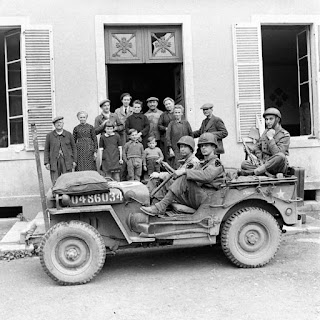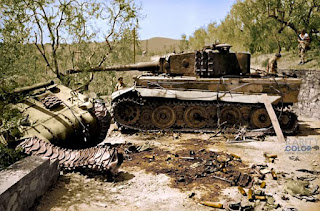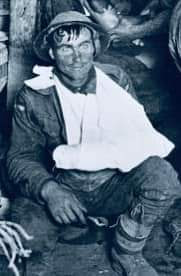This weekend marks another milestone for me – it’s exactly 50 years since I set a record I believe remains unbroken.
This weekend marks another milestone for me – it’s exactly 50 years since I set a record I believe remains unbroken.
The 16-year-old me had landed in New Zealand the day before, an immigrant from the UK. At 5pm on Sunday, October 4, I was delivered by relatives to Wellington College where I was to become a boarder for the final school term of 1970.
A few minutes after 9pm, I was marched from my dormitory to an empty corridor by a teacher who insisted I bend over. He then belted me six times with a heavy leather strap across my pyjama-clad rear. My crime? I’d been talking (no surprise there). I’d owned up to it when the teacher stuck his head through the door, asking who was breaking the rule of silence after lights out.
My beating earned me instant notoriety among my new peer group for getting “six of the best” before I had seen the inside of a classroom – an all-time school record for corporal punishment in the shortest possible time. The welts (sitting was awkward for a few days) went away but my bad-boy reputation stayed long enough to deter the school bullies (there were plenty in the boarding house).
The teacher who strapped me moved to Auckland where he taught friends of my daughter in the late 1980s – he seemed a nice enough guy and he was popular. Corporal punishment was outlawed in New Zealand in July 1990, despite opposition from many parents who believed strong discipline administered through the strap or cane harmed no one and helped build respect.
I wasn’t among them. What lessons did I learn? Not conforming is sometimes a legitimate option. Don’t hold grudges (I never blamed the teacher). And violence solves nothing. Whenever I pass the school, usually in a taxi to/from Wellington Airport, my buttocks twitch.
And I feel better knowing today’s students are learning life’s lessons without being beaten.
Photo: This image of Wellington College (and the Firth House boarding establishment, left) was taken in the 1920s. It looked just the same when I was there.











Comments
Post a Comment